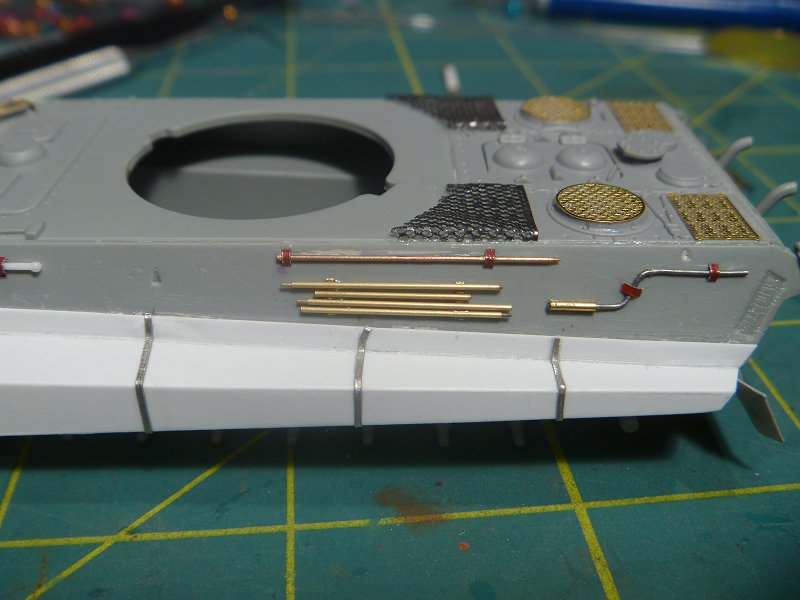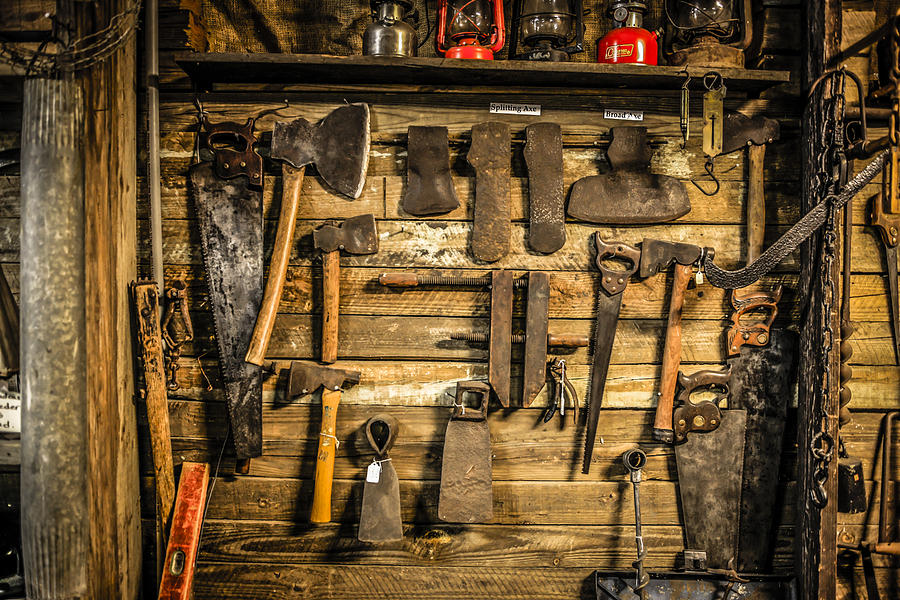

Although hard to see, the same black jacks appear to be on the remaining vehicles as well. You can see the black painted jack next to the headlight on the lead vehicle. Here is a train load of factory-fresh Sturmpanzer IV "Brummbar". This shot of the rear of a sPzAbt 503 Tiger, shows the jack and C-hooks painted in camo with the rest of the tank Įven the spare track link has been painted.

This close up from the well known propaganda film, seems to show the shovel handle left in natural wood, as it contrasts quite sharply against the dark camo on the hull, as does the sledge hammer handle as well Now I need to find out whether the tools would be in place at the factory, prior to the camouflage being painted. However, starting after August 19th, 1944, Tiger II were spray painted with the three tone camouflage scheme at the Henschel assembly plant prior to being shipped to the ordnance depot for issue to the troops. Like I said above, with in-the-field painting, I doubt the crews would have removed the tools from the vehicle prior to painting. We can see they are being painted with the same camouflage as the rest of the tank. Hey Ben, I bet you were thinking about this photo Īll of the tools, except the crow bar laying along side and the sledge hammer, which appears to be missing, are on the vehicle.
#Pioner tools install
I then install all the tools then do the washing, after that is back to routine. I usually primed, and paint them saperately as I work the same thing to the tank. This is pretty much depend on the modeller. At what point to you paint the individual elements? Afterĭoing a wash on the base tank colors or before? I'm leaning on before Pretty sure they did it to all the new tanks.īuilt my kit with almost everything attached except the wheels and On the King Tiger tank, they got the brand new tank with all tools installed, when arrived on the field, the maintenance crew spray the camo with the tools attached. I'm not seeing a definitive answer here.they appear to be present in both original colors and over-painted.Īre all the tools (shovels, hooks, crowbars?, etc) on the Panzer IV, for example, their 'natural' color or do some get painted to match the armor color? Can't tell from those black & white photos and I've think I've seen a mix from model photos - or they're so whethered I can't really tell what color they are! There is no doubt that the handles on these tools are left in their original colors The black shovel head can be clearly seen, it is anybody's guess what color the shovel handle is

Here the jack is obviously the same Panzer Grey as the tank. This photo seems to show a pick-axe handle over-painted with Panzer Grey I'll look to see if I can find other examples of tools which were painted while still on the vehicle, but I'm not finding much at the moment. If a vehicle was repainted in the field, I doubt the crew would have stripped all the tools off before painting, and they would end up the same color as the vehicle. Some barrel cleaning rods were wood, some were black aluminium.Īll of the color photos of restored vehicles in the book WW II Wehrmacht Vehicles, (mainly privately owned vehicles) also show their pioneer tools with natural wooden handles and black painted heads, black jacks and crow bars. C-hooks, jacks, crow-bars, wire cutter heads were all painted black. I don't like using museum pieces as evidence, but right or wrong, the German vehicles at Panzermuseum Munster and the Koblenz Wehrtechnische Museum are also displayed in this manner, I had the privilege of visiting both museums this last summer. Vehicle tools in each museum had natural wood colored tool handles with black painted heads. Here is a war-time photo, several wooden tool handles can be seen, as well as the wooden barrel cleaning rods on the center tank Other war-time color photos I have clearly show black axe heads, shovel blades and pick-axe heads with wooden handles. This is the only shot in the book that does. There is a shot of a Horsch type 40 with a 2cm Flak 38 that shows Panzer Grey on the handle of a pick-axe and you can see the natural wood where the paint has worn off. Color photos from Schiffer's Afrikakorps, Rommels Tropical Army in Original Color, show on-board tools with black painted heads and natural-colored wooden handles on axes, shovels and pick-axes, on a number of different vehicles. Looking through war-time color photos I have of German vehicles, the majority of the tools are left in their natural colors.


 0 kommentar(er)
0 kommentar(er)
